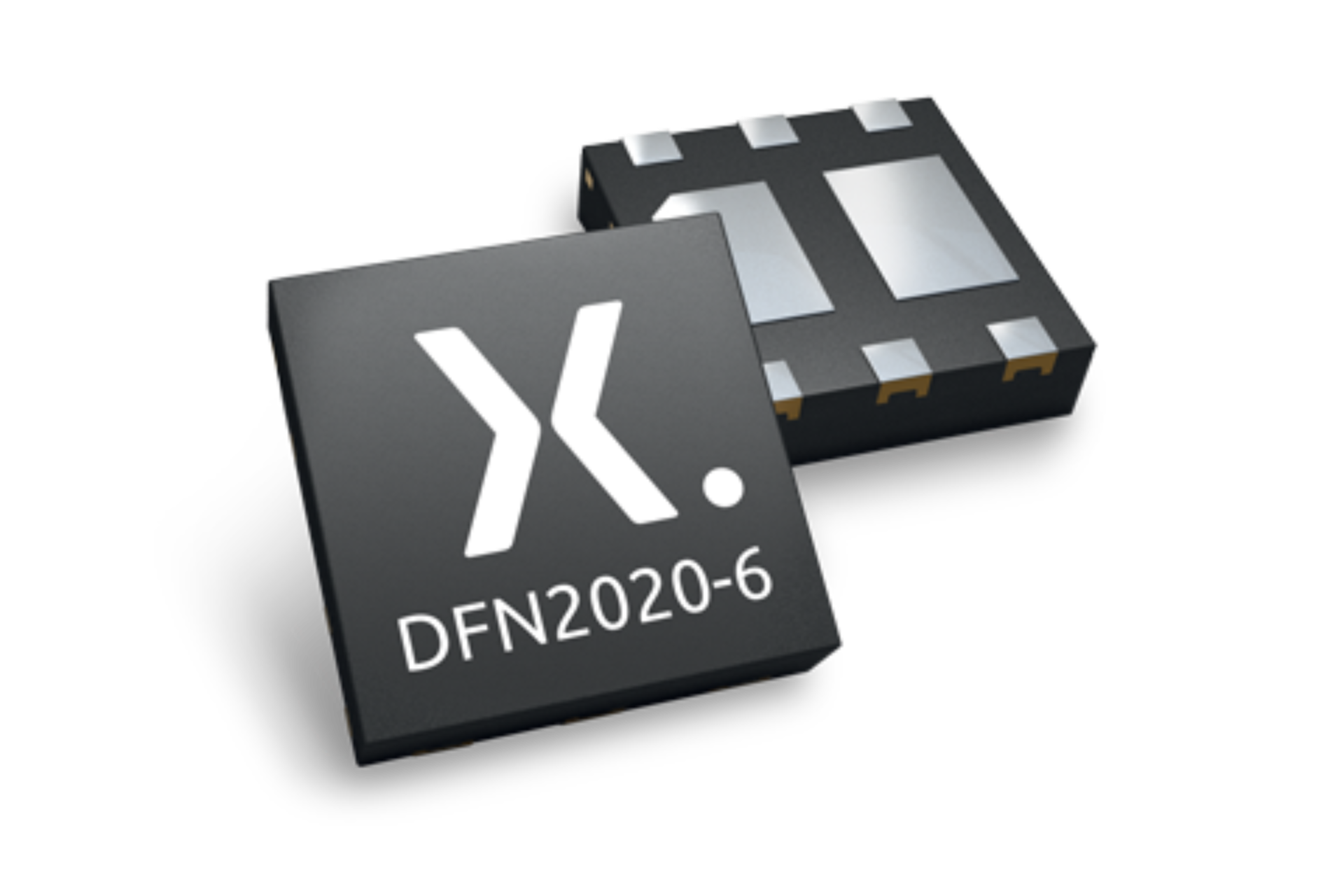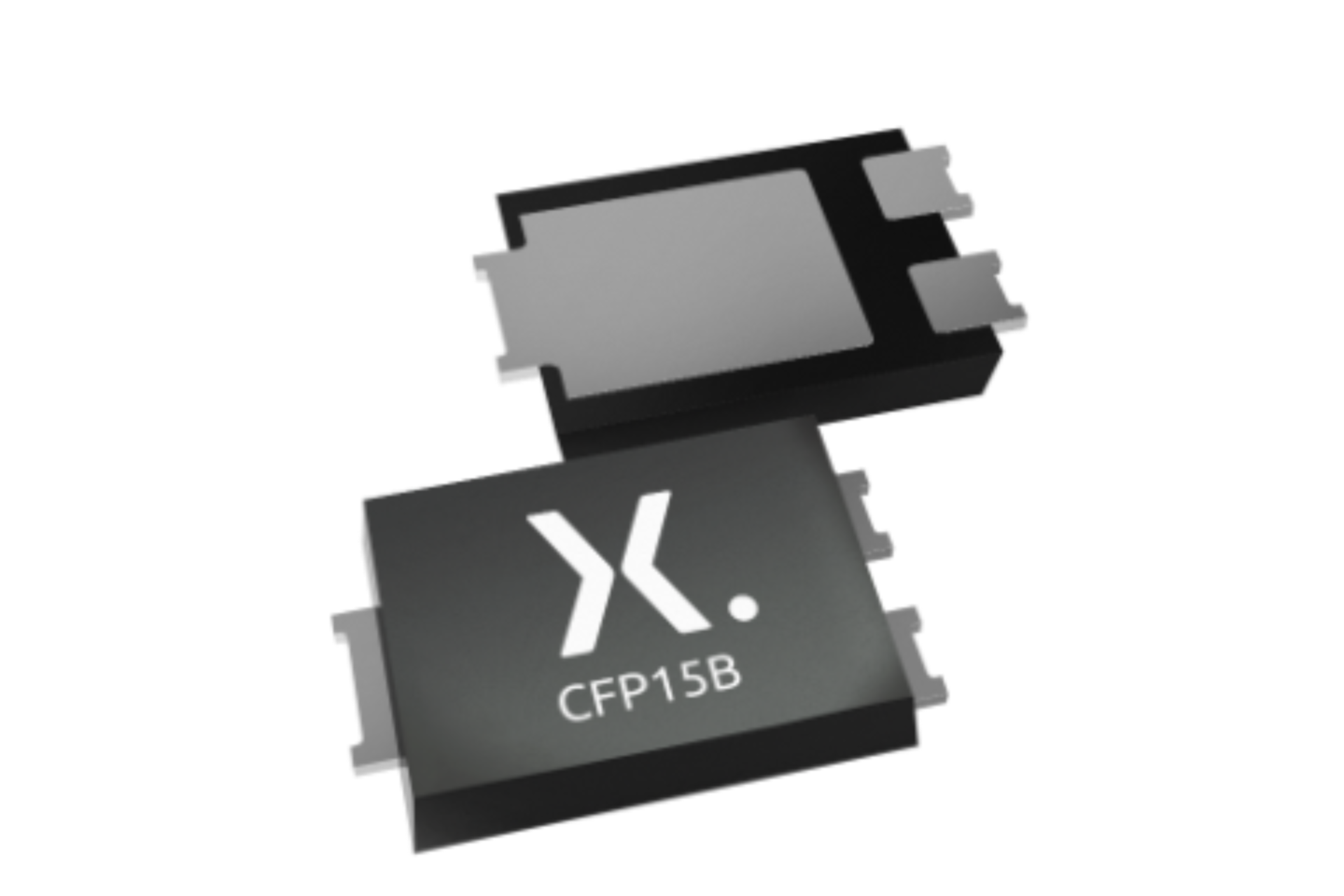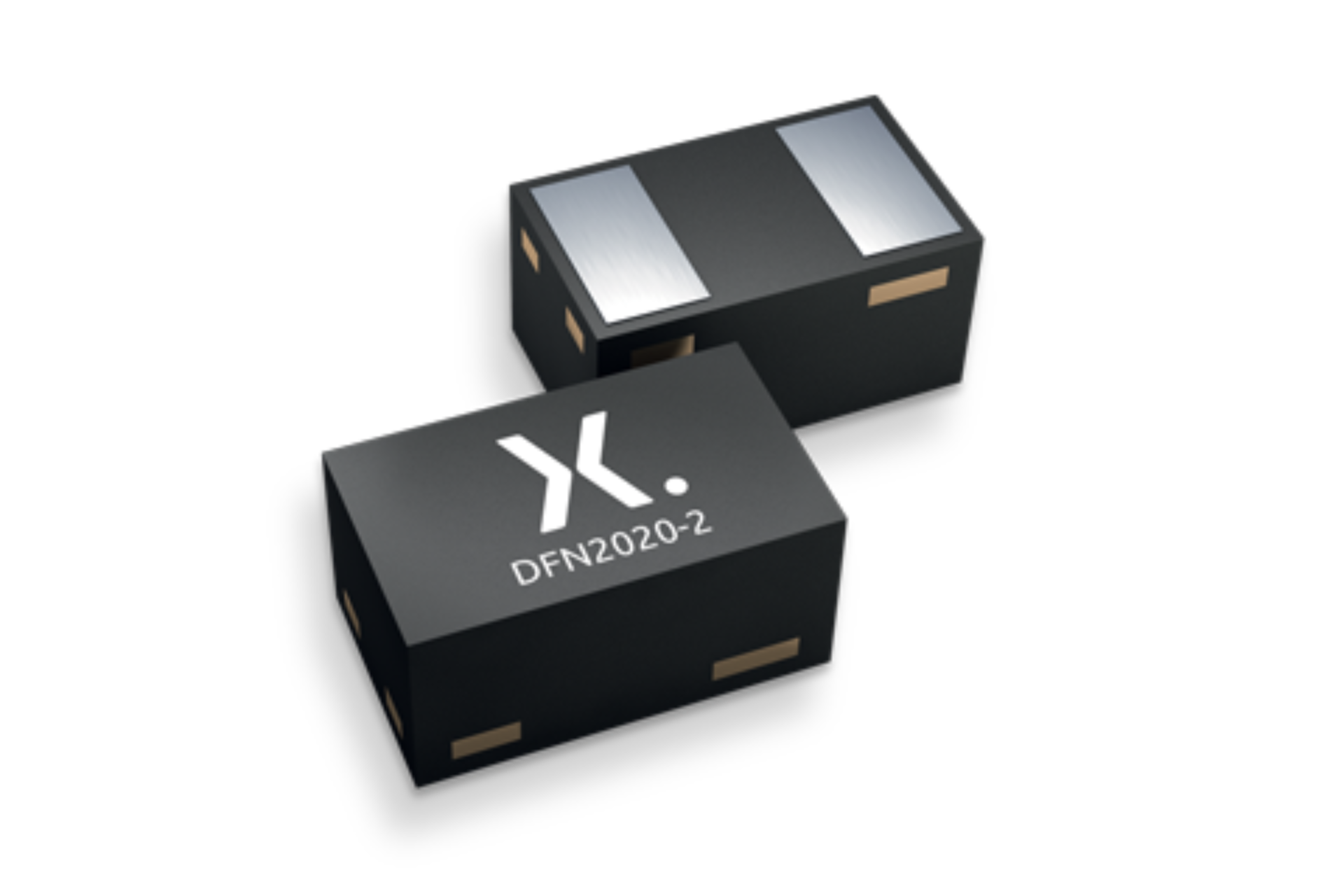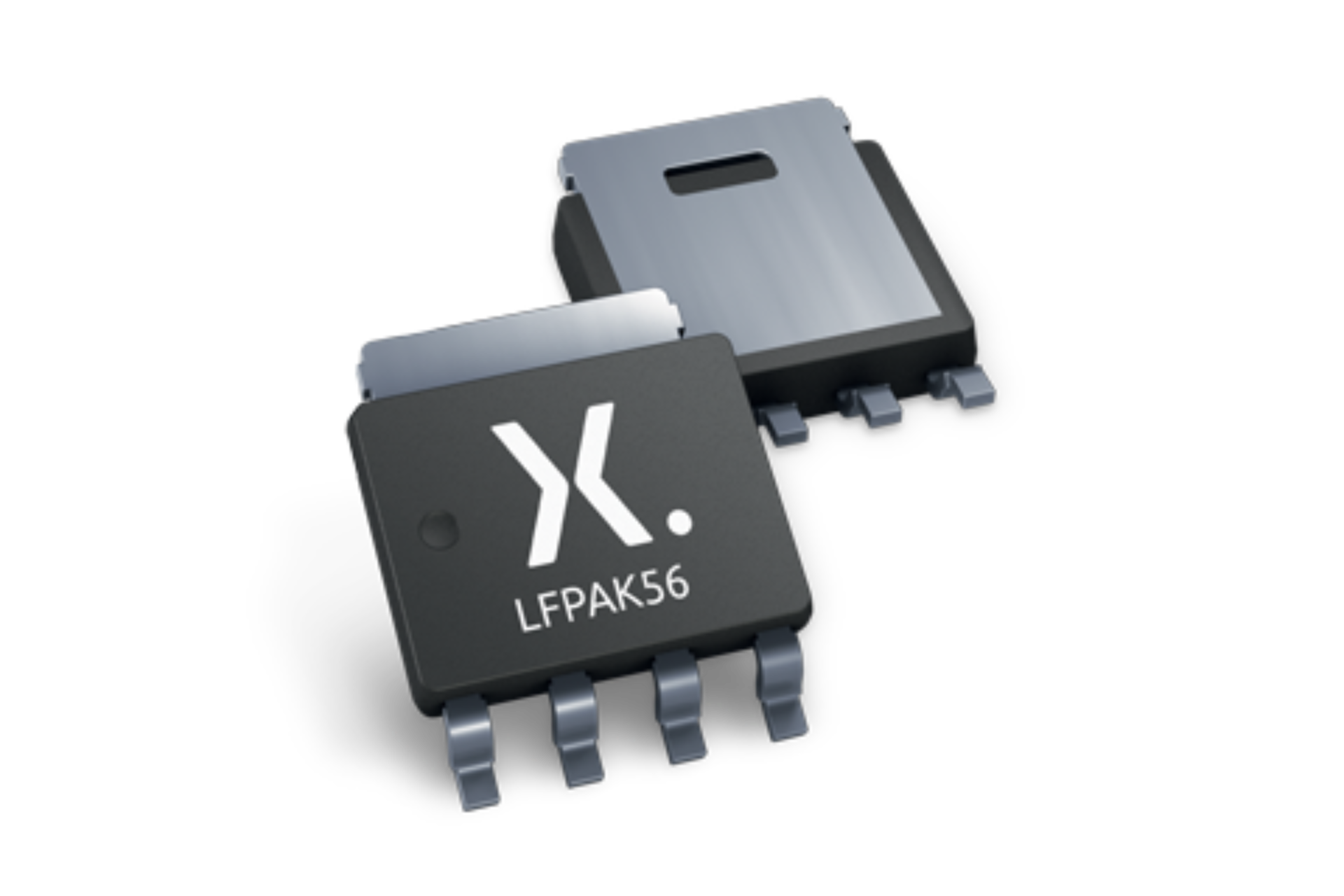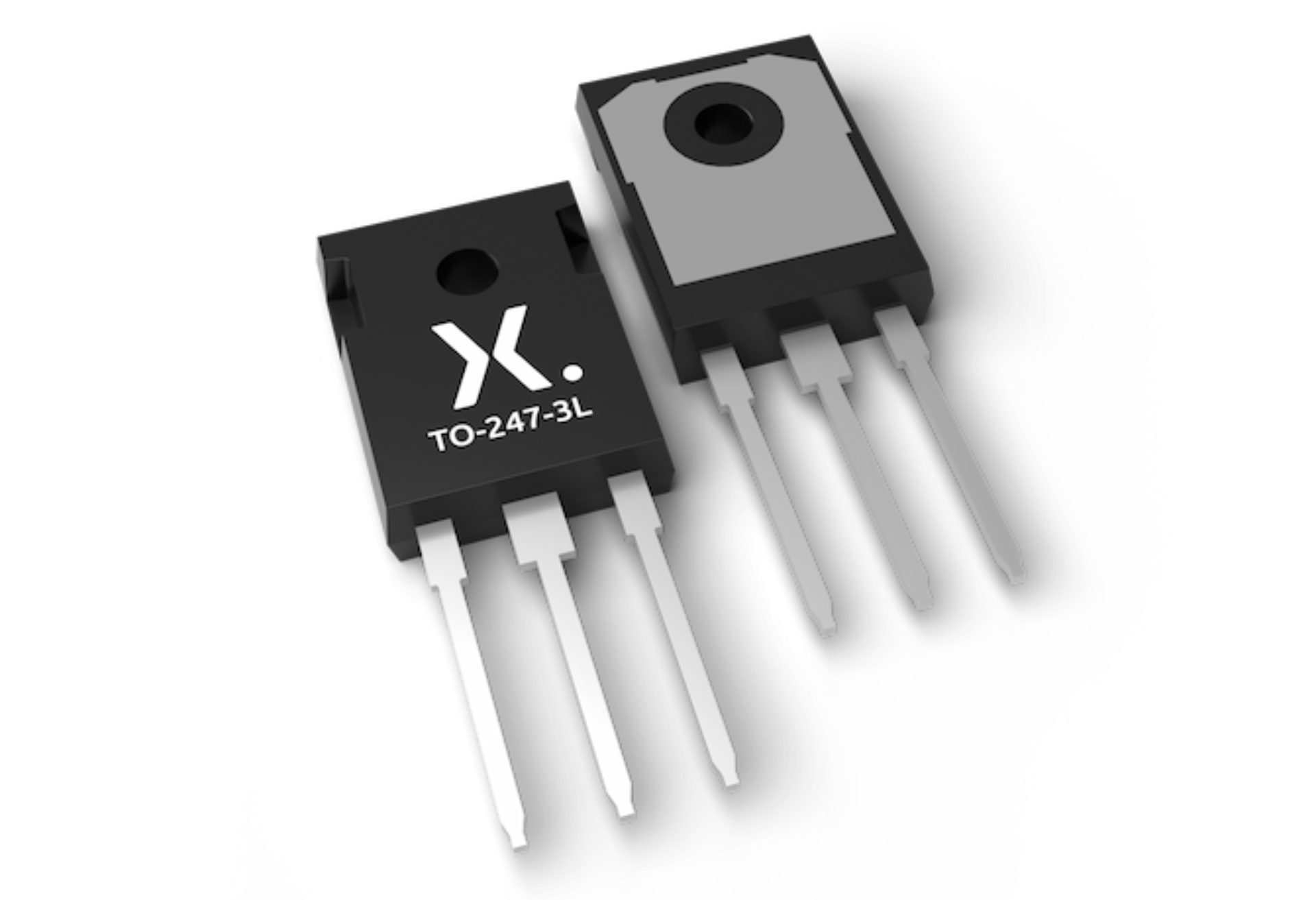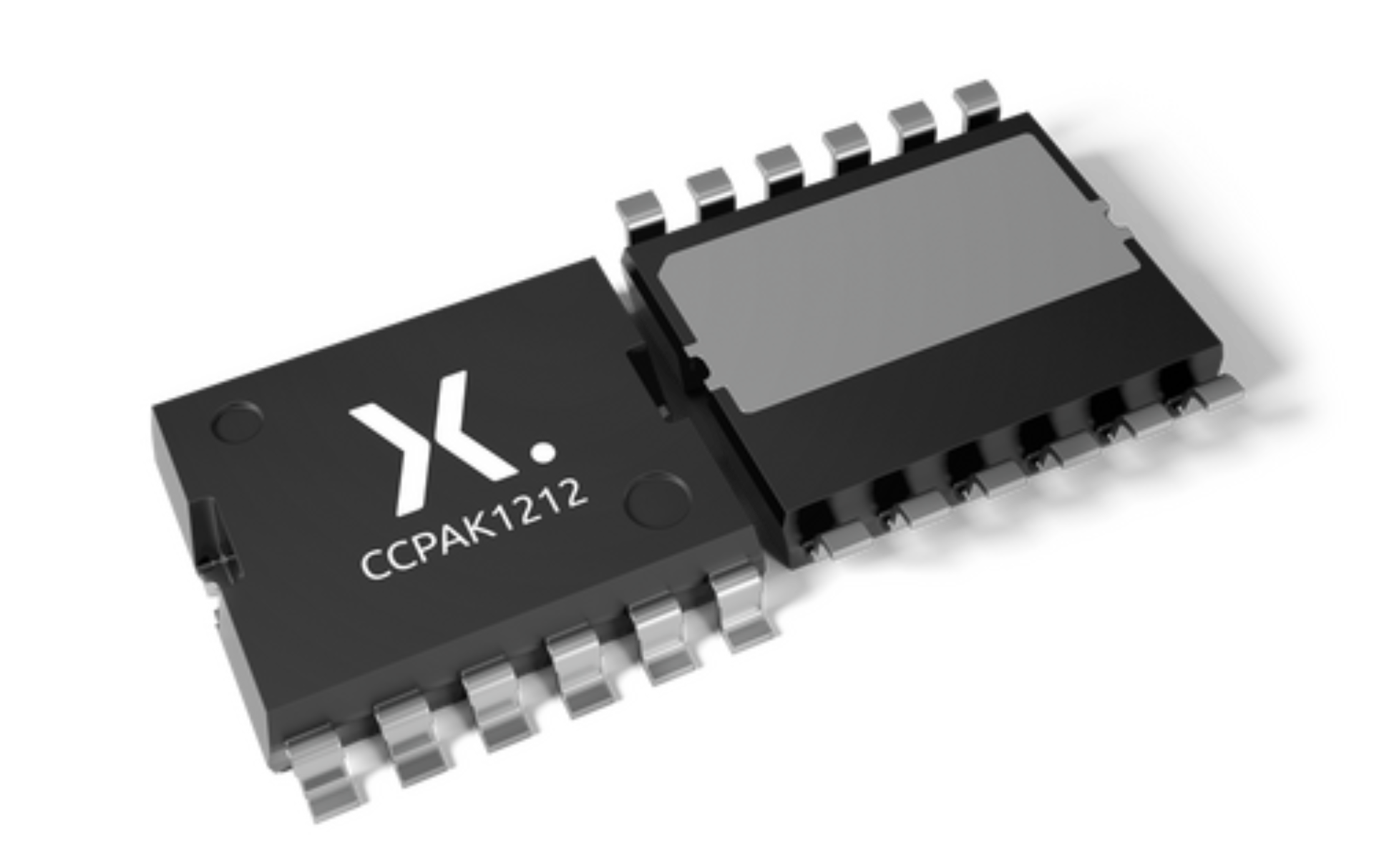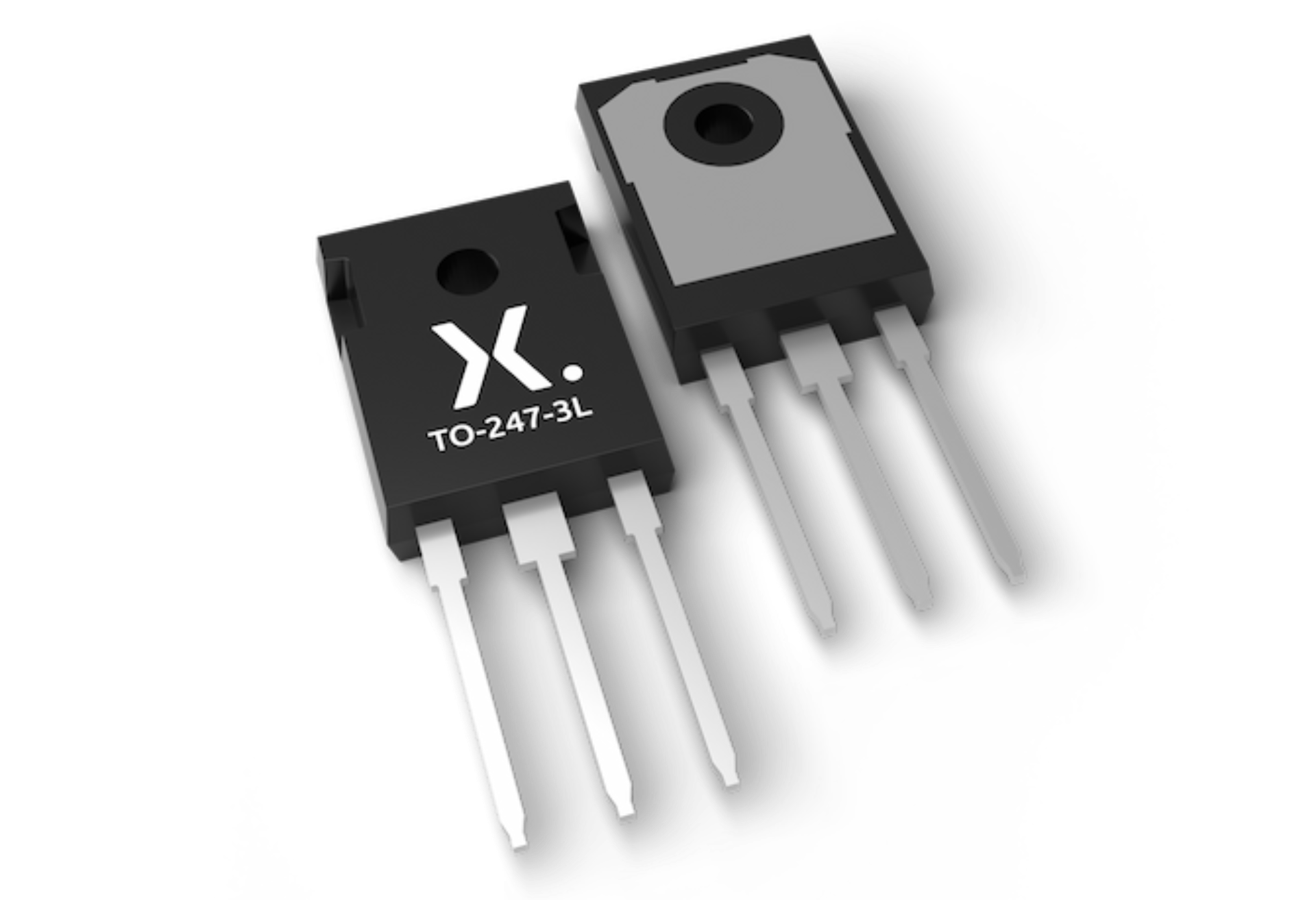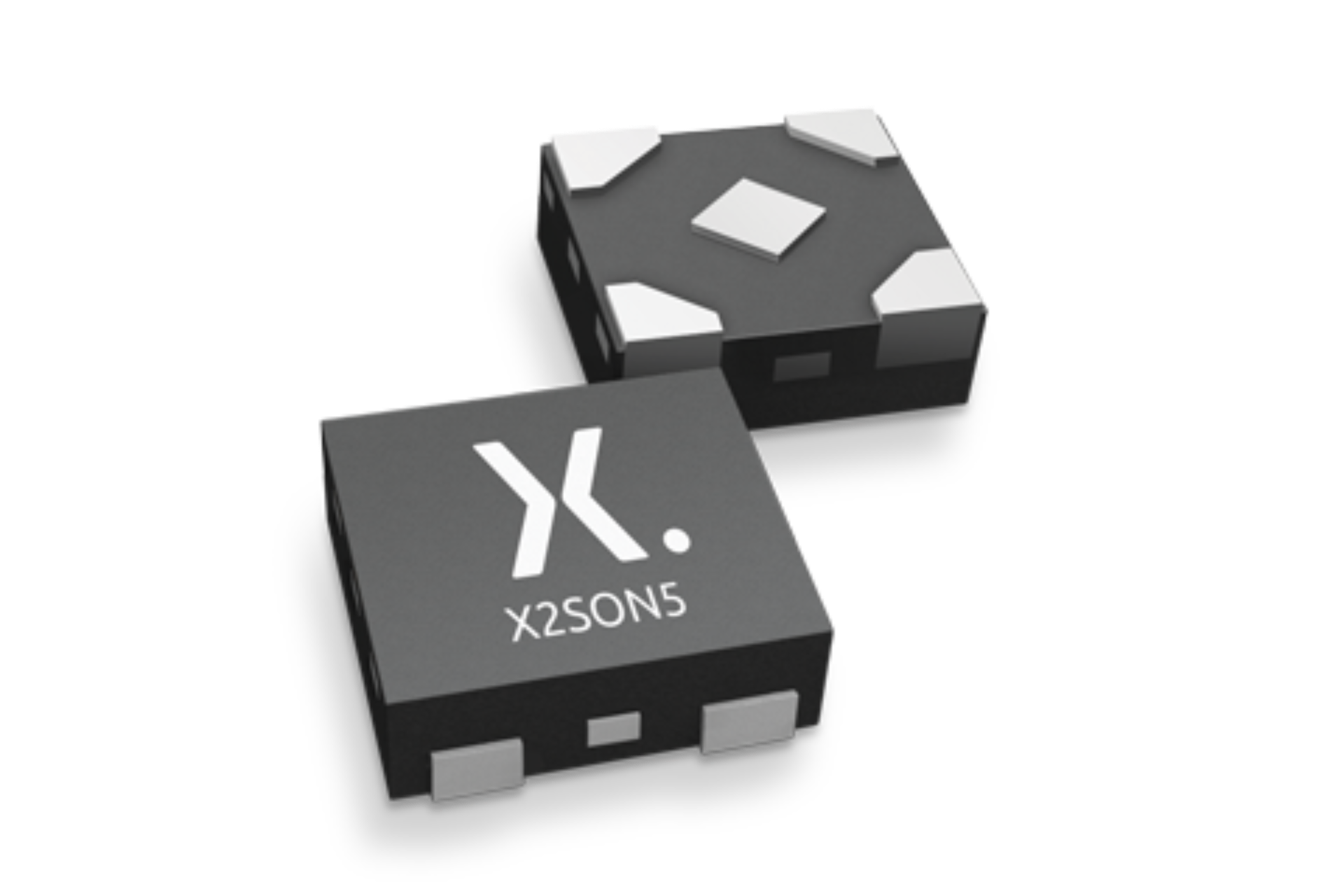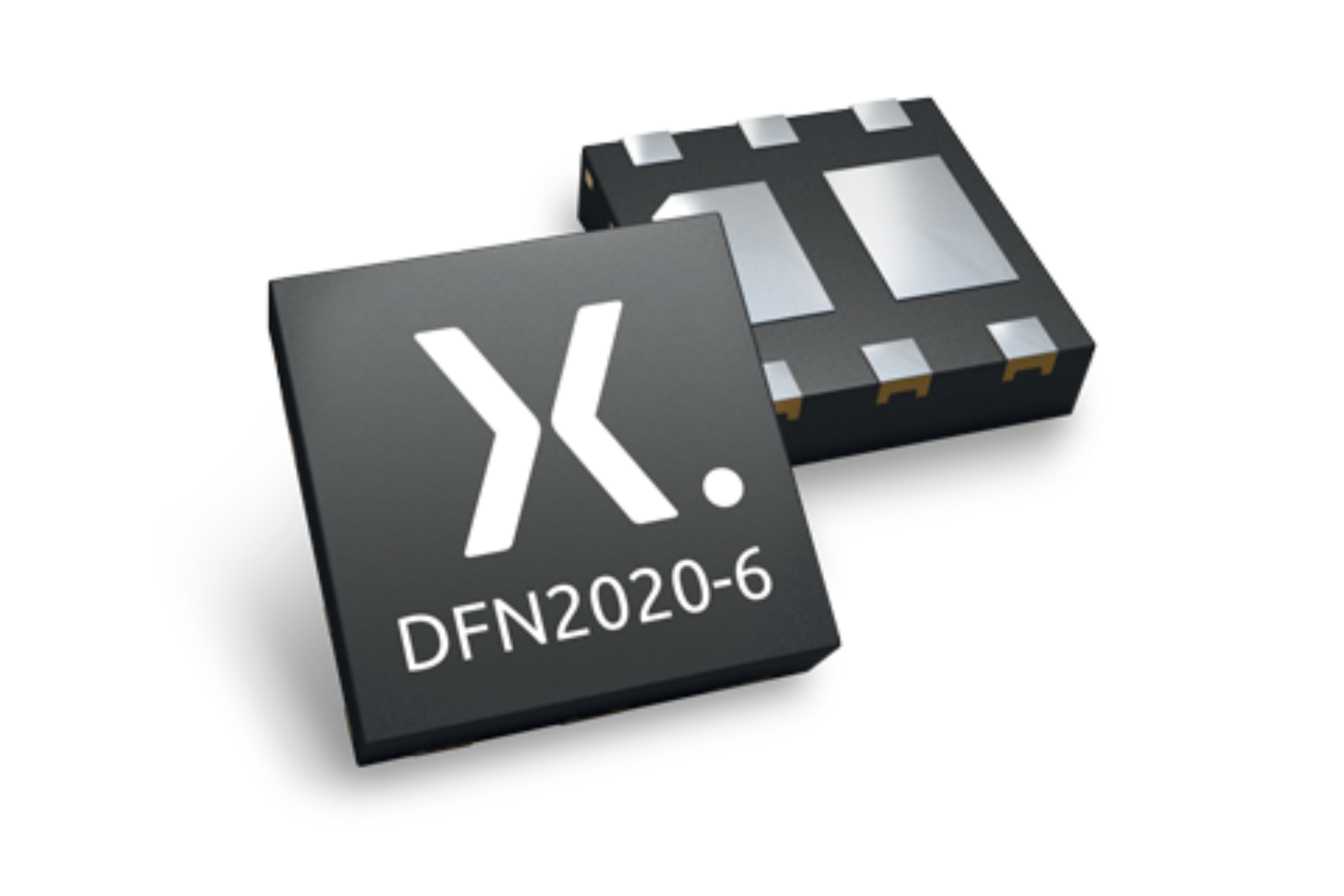- Block diagram
- Design considerations
- Product listing
- Videos
- Support
Block diagram
AC/DC converter
Power management
Sensors interface
Communications interface
Recommended products (3)
Signal conditioning
Gate driver
Recommended products (1)
Human-Machine interface
Recommended products (1)
Motor control
Recommended products (5)
Related evalutaion boards (1)
Select a component
To view more information about the Nexperia components used in this application, please select a component above or click on a component (highlighted in blue) in the block diagram.
Design considerations
- As cobots interact in shared space with humans, there cannot be any high power / live currents or elevated temperatures and ensure fail-safe mechanisms.
- BLDC motor is typically used - precise movement and positioning and torque sensing required.
- Designs are moving from a centralised architecture where all electronics are located in a cabinet to a decentralised architecture where each axis includes a controller
- Need for custom PCB design to sit in the joint alongside the motor, also increase need for small footprints with large power density
Product listing
AC/DC converter
Power management
Sensors interface
Communications interface
Signal conditioning
Gate driver
Human-Machine interface
Motor driver evaluation kit: quick start
Join Stein as he walks you through setup, wiring, and key features of this modular, open-source platform designed for BLDC motor control. Open-source firmware and design files are available under MITx licenses via Nexperia.com and GitHub, so you can customise every detail to suit your application.
Motor driver evaluation kit: detailed set-up
Explore what’s inside Nexperia’s fully open-source motor driver evaluation kit – designed to make your testing process more efficient. Join Aanas as he unboxes the kit, walks through its modular design, shows how quickly it sets up (just a USB-C charger), and demonstrates key features like current sensing, fault detection, and hall effect options.
